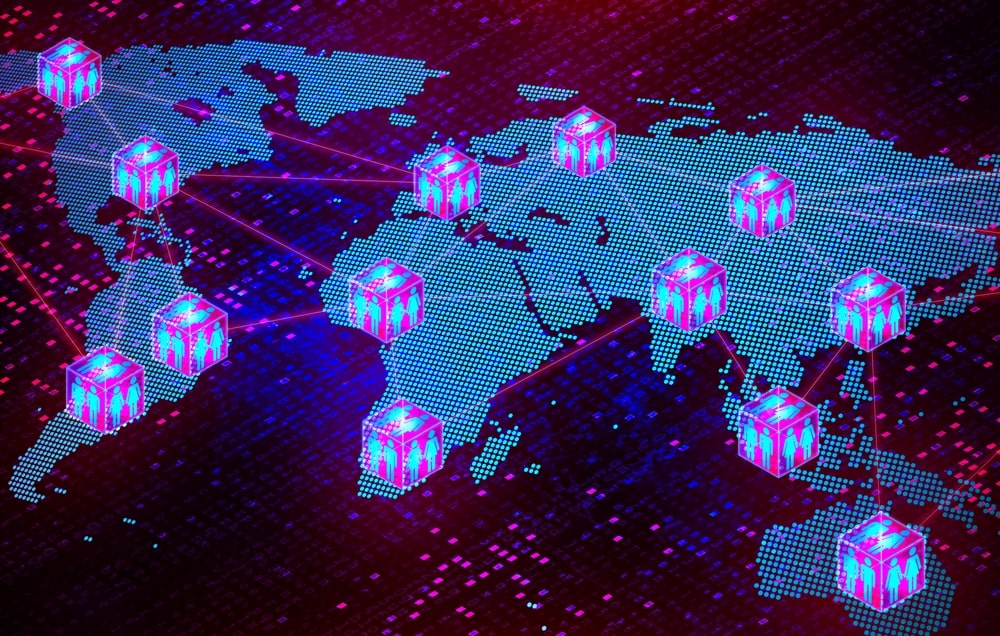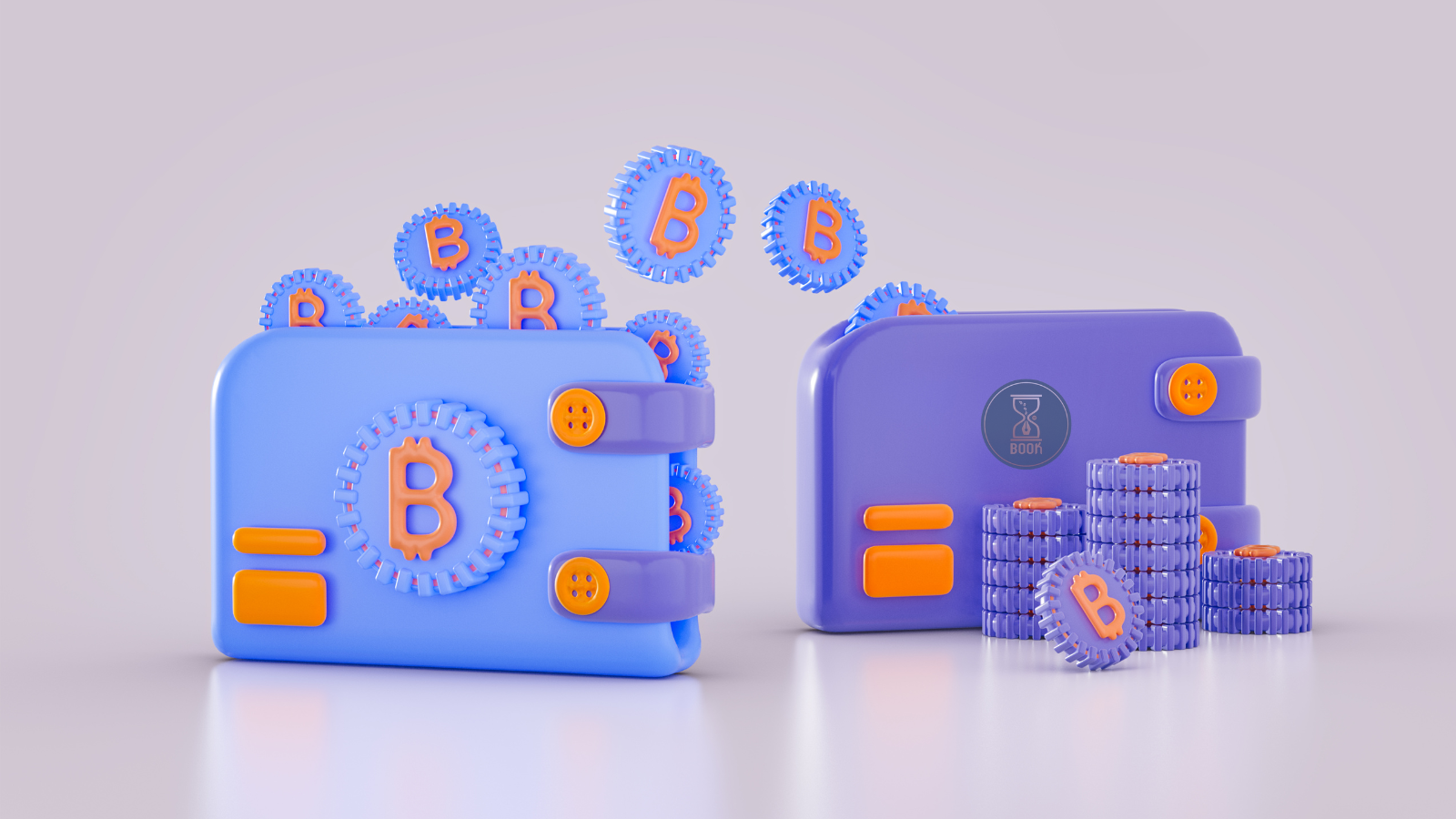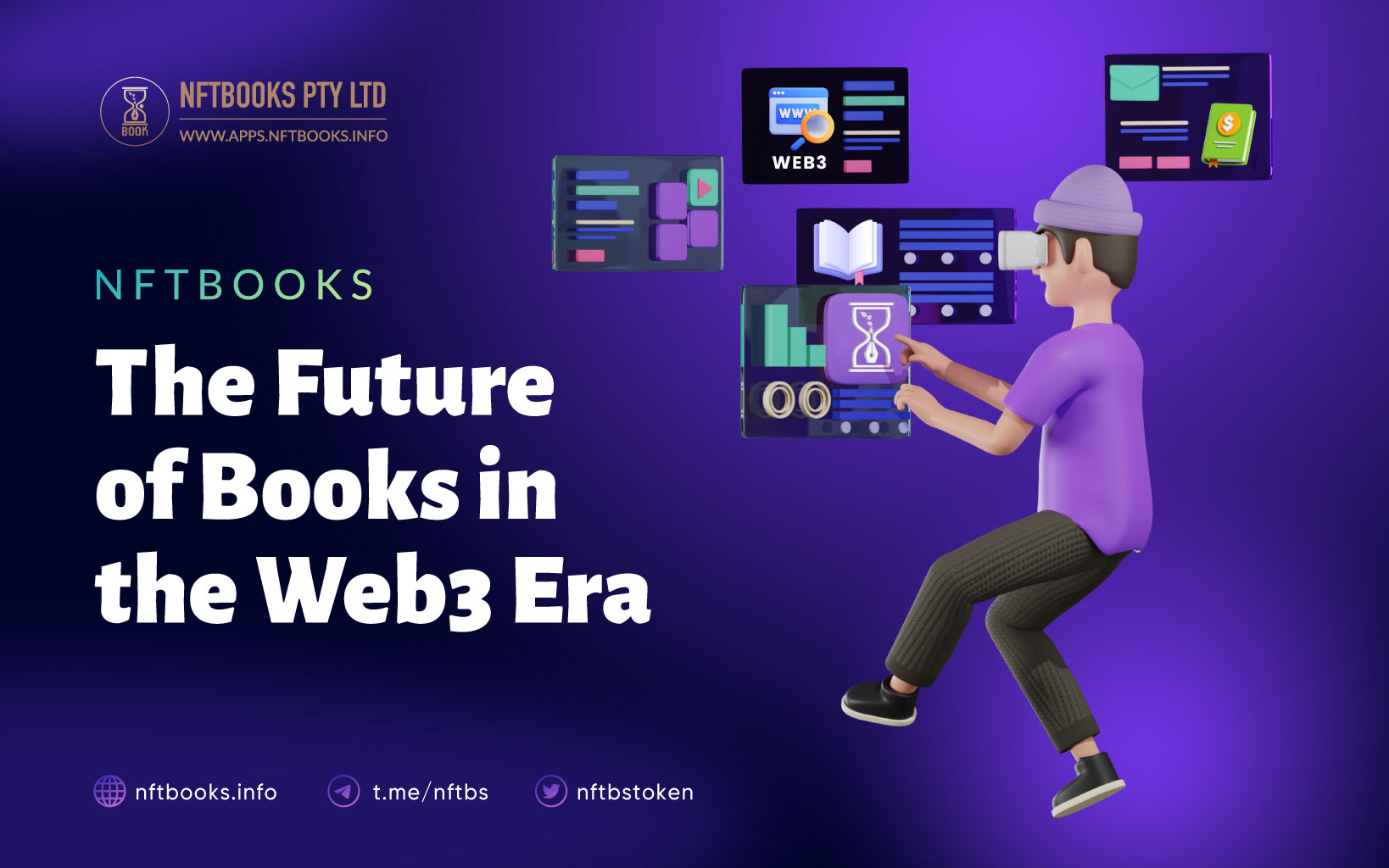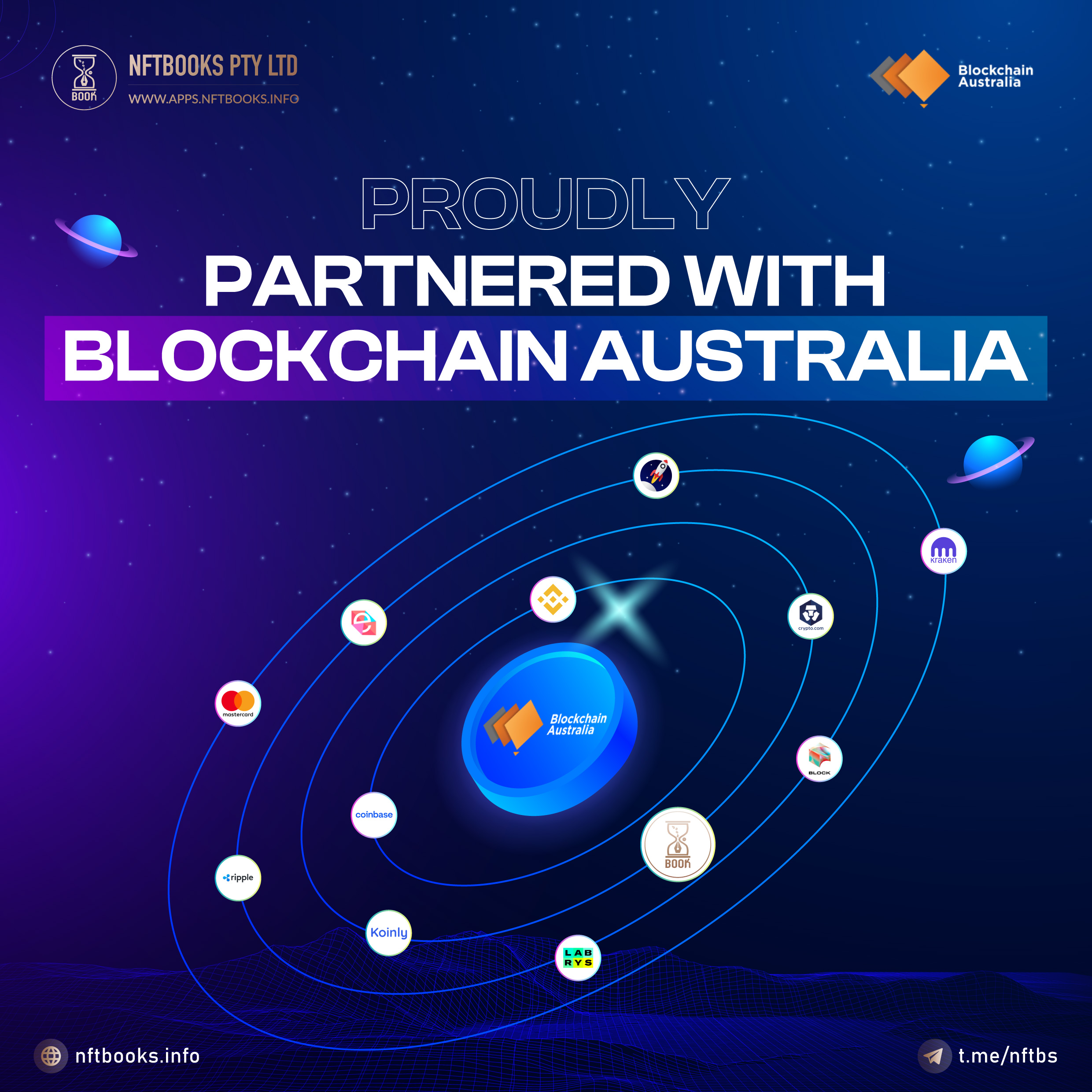Just like DeFi has DeFi 2.0, the world of NFTs will also witness the emergence of “NFT 2.0” to overcome the current limitations of NFTs.
So, what exactly is NFT 2.0? Why is it remarkable in the current crypto market? Which standout projects should we pay attention to and how can we stay prepared not to miss the upcoming NFT trend? Let’s delve into these queries in the following article of NFTBOOKS.
Overall The NFT Evolution
NFTs swiftly became a sensation in the crypto world, experiencing remarkable growth within a short period. In 2021 alone, NFT sales reached an astonishing $25 billion, with projections suggesting a rise to $147 billion by 2026.
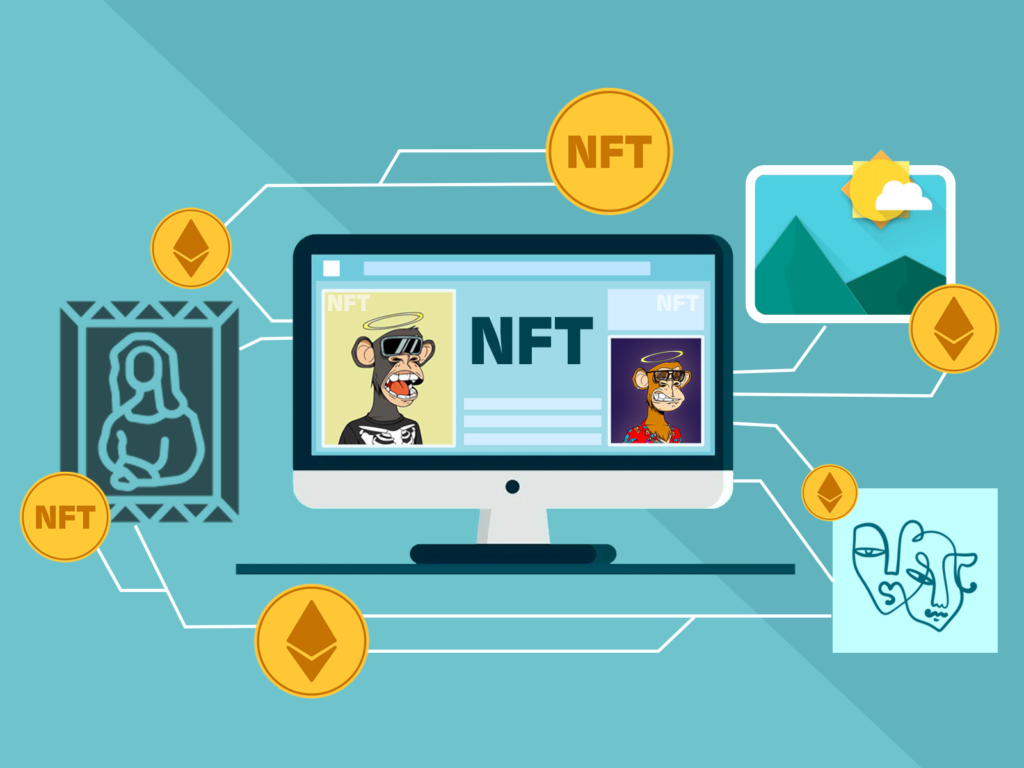
NFT 1.0 opened the doors to owning digital assets and creating a new economy on the blockchain. However, there was a misconception caused by early speculation that NFTs were only meant for commercializing tokenized assets. This misunderstanding limited their broader usefulness in the ecosystem.
Upgrading from NFT 1.0 to NFT 2.0
NFTs have come a long way and are now more accessible and accepted. This shows that the market has grown and entered a new phase called NFT 2.0. More people, including mainstream audiences, can now easily get involved thanks to improved accessibility.
There are now more platforms where creator can create and engage with NFTs. These platforms aim to make it simpler for people to join the NFT community and enjoy its benefits.
It’s important to think about what this means for creators, like authors and readers. How does this new phase change the opportunities and relationships within the creators’ world?
What is NFT 2.0? A Detailed Overview
NFT 2.0 takes NFTs to the next level by introducing exciting updates and enhanced features to the existing framework. It goes beyond the concept of play-to-earn and expands its influence across various industries, creating opportunities for creators worldwide and ensuring they receive their rightful royalties.

Users can now actively interact with their NFTs, going beyond simple ownership as seen in NFT 1.0. This means more than just holding a token; it allows users to engage with and shape their NFTs in meaningful ways. NFT 2.0 introduces a new generation of NFT products that offer increased utility, forging stronger connections between owners and their prized NFT assets.
Characteristics of NFT 2.0
NFT 2.0 revolutionizes the way users interact with their digital assets, allowing for limitless possibilities. If NFT 1.0 resembled basic Nokia phones with limited functionality, NFT 2.0 can be compared to modern smartphones, empowering users to leverage meaningful data. Let’s explore the prominent characteristics of NFT 2.0:
- Scalability: NFT 2.0 possesses the ability to connect meaningfully with other NFTs or projects. It can seamlessly link to diverse data sets, with no restrictions on ownership rights and the option to create nested layers.
- Upgradability: NFTs in the 2.0 version can be easily updated, incorporating new artworks or additional resources to keep them relevant and dynamic.
- Customizability: Owners have the authority to command, customize, and modify the NFT interface, empowering them to personalize their digital assets beyond their existing capabilities.
- Interactivity: Interactivity is a vital feature that makes NFTs more intelligent. Digital content can receive inputs from users and other sources, allowing NFTs to adapt and modify themselves based on the given information.
- Experiential Value: NFTs have the capacity to capture real user experiences, transforming them into evaluated assets that provide enhanced utility to the owners. NFTs can also be generated based on user interactions with various applications, with the gaming industry actively exploring the potential of NFT 2.0.
By incorporating these characteristics, NFT 2.0 enhances interactivity, practicality, and user experiences, opening up new opportunities for growth and innovation in various industries.
What Sets NFT 2.0 Apart?
NFT 2.0 builds upon the foundation of NFT 1.0, enhancing it with new features and expanding into new markets and use cases. Let’s delve into the key qualities that make NFT 2.0 distinct.
Intelligent Interactivity and Smart Contracts
Interactivity brings intelligence to assets. With the help of smart contract technology, NFTs in the 2.0 version can receive input from users and other sources, allowing for modifications based on received information. This adaptability is particularly useful when transferring assets across different decentralized applications like GameFi. Interactivity enables NFTs to evolve and grow, making them more dynamic and versatile.
Algorithmic Randomness and AI Personalization
NFT 2.0 introduces algorithmic randomness within digital assets, enabling users to select NFTs that align perfectly with their needs. Additionally, artificial intelligence (AI) personalization further enhances the user experience. By combining multiple assets into a single entity, algorithmic randomness ensures the right content is allocated to the corresponding devices, making the utilization of NFTs smoother and more optimized.
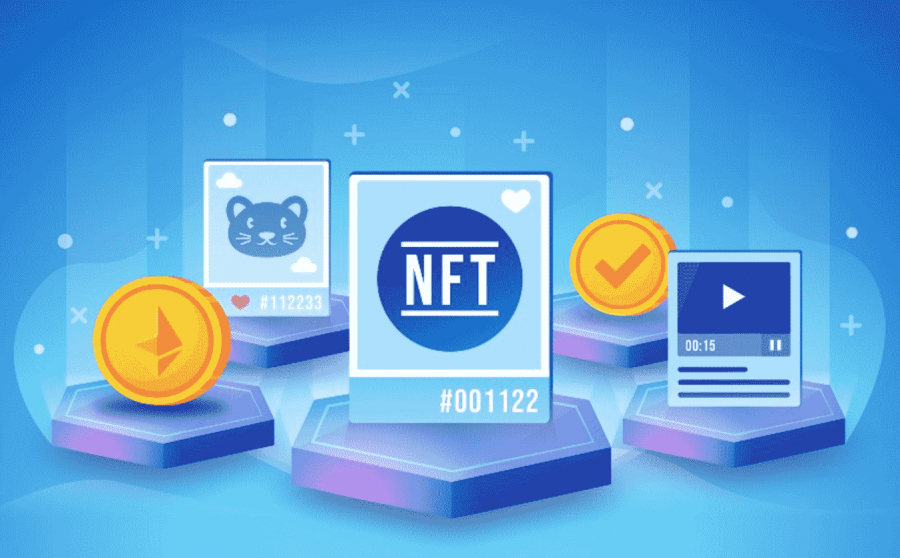
Customization and Composability Expanding Possibilities
Composability allows for asset customization and the creation of new ones. It empowers users to bundle different assets together, expanding the possibilities and use cases. NFT holders can draw upon the attributes of multiple NFTs, as well as fungible assets like cryptocurrencies, to create unique combinations. This opens up new opportunities and expands the utility of NFTs beyond simple commercialization, offering a more versatile and immersive experience.
By incorporating these properties, NFT 2.0 goes beyond its predecessor, enabling users to explore new use cases, enhance utility, and provide an improved overall experience. It broadens the horizons of NFT possibilities, paving the way for further growth and innovation.
A look in the future
NFTs have quickly progressed to NFT 2.0, leaving many still grasping the concept of NFT 1.0. However, their ability to surprise remains constant, driving continued demand. NFTs find utility in various industries such as entertainment, video distribution, automobiles, real estate, and more. For instance, ticketing companies can leverage NFTs to offer exclusive virtual or real-world event experiences.
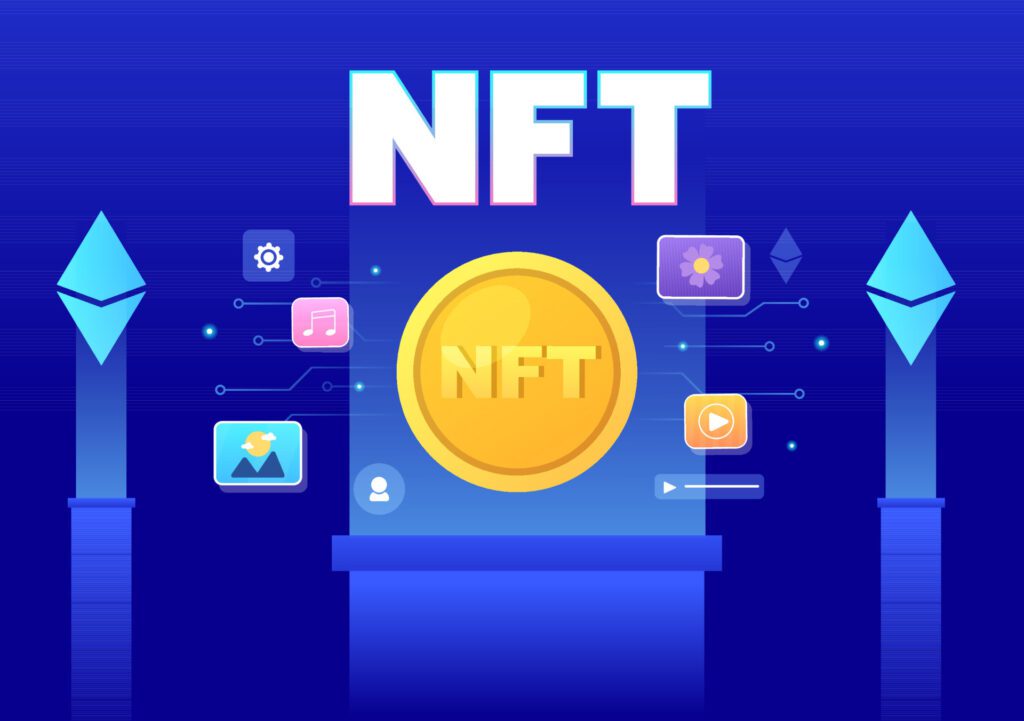
What sets NFTs apart is their capacity for enjoyment and community-driven engagement, making them more appealing to users compared to other sectors like DeFi. This factor has the potential to attract more users to the crypto ecosystem.
Closing Thought
The rapid evolution of NFTs from 1.0 to NFT 2.0 has expanded their accessibility and capabilities. With features like smart contracts and interactivity, NFTs have become smarter, more customizable, and offer unique experiences. The future of NFT 2.0 looks promising, with various industries leveraging their potential and attracting more users to the crypto ecosystem. Exciting growth and innovation lie ahead in the NFT space.



